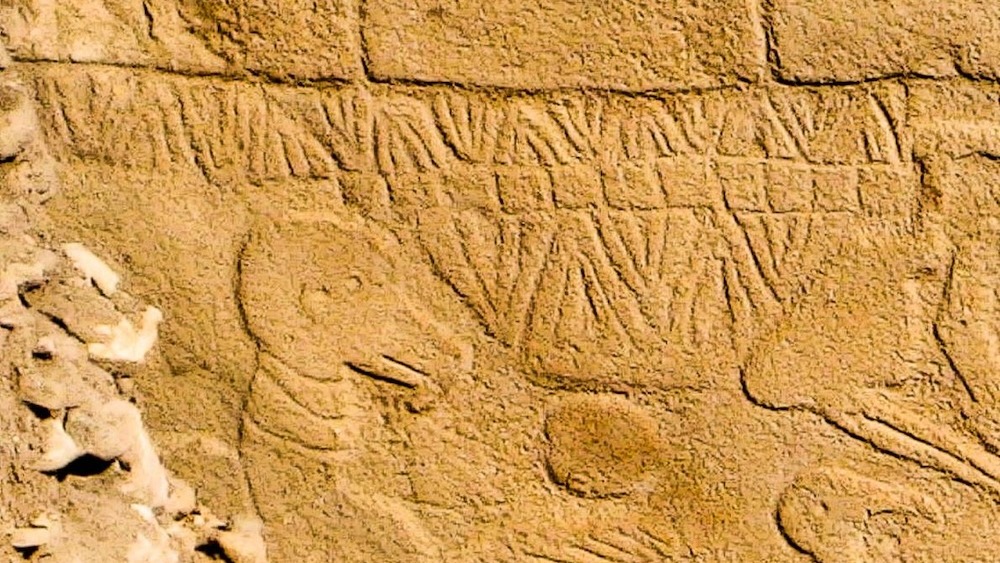World's oldest calendar found at 13,000-year-old temple in Turkey
The 13,000-year-old carvings found in Turkey track the phases of the sun, moon and constellations, making it the earliest known lunisolar calendar.

Carvings chiseled into a large stone pillar in Turkey nearly 13,000 years ago may be the world's oldest sun-and-moon calendar, a new study suggests. And the calendar may have been carved to mark a catastrophic comet strike.
Archaeologists discovered the markings at Göbekli Tepe, an archaeological site in southern Turkey that's known for its abundance of temples with elaborately etched drawings, according to the study, which was published July 24 in the journal Time and Mind.
The newly studied pillar contains 365 V-shaped symbols. Researchers think each "V" represents a single day, with the entire calendar encompassing "12 lunar months in addition to 11 extra days," according to a statement from the University of Edinburgh.
In addition to the "V" symbols, researchers analyzed a carving of a "bird-like beast" with a similar V shape carved around its neck. This drawing could represent "the summer solstice constellation at the time" it was carved, according to the statement.
Related: 3,500-year-old tablet in Turkey turns out to be a shopping list
The drawings, which were likely made in about 10850 B.C., were a way to record a comet strike that took place during that time. They show that these early inhabitants could "record their observations of the sun, moon and constellations in the form of a solar calendar," according to the statement.
Researchers think the impact of the comet strike, which may have triggered an ice age, was enough to cause a cultural shift within Göbekli Tepe and may have even resulted in the formation of a "new cult or religion," according to the statement.
Get the world’s most fascinating discoveries delivered straight to your inbox.
"It appears the inhabitants of Göbekli Tepe were keen observers of the sky, which is to be expected given their world had been devastated by a comet strike," study author Martin Sweatman, an engineer at the University of Edinburgh, said in the statement. "This event might have triggered civilization by initiating a new religion and by motivating developments in agriculture to cope with the cold climate. Possibly, their attempts to record what they saw are the first steps towards the development of writing millennia later."
The figures are similar to those found at another archaeological site in Turkey's Urfa region.
Jennifer Nalewicki is former Live Science staff writer and Salt Lake City-based journalist whose work has been featured in The New York Times, Smithsonian Magazine, Scientific American, Popular Mechanics and more. She covers several science topics from planet Earth to paleontology and archaeology to health and culture. Prior to freelancing, Jennifer held an Editor role at Time Inc. Jennifer has a bachelor's degree in Journalism from The University of Texas at Austin.


